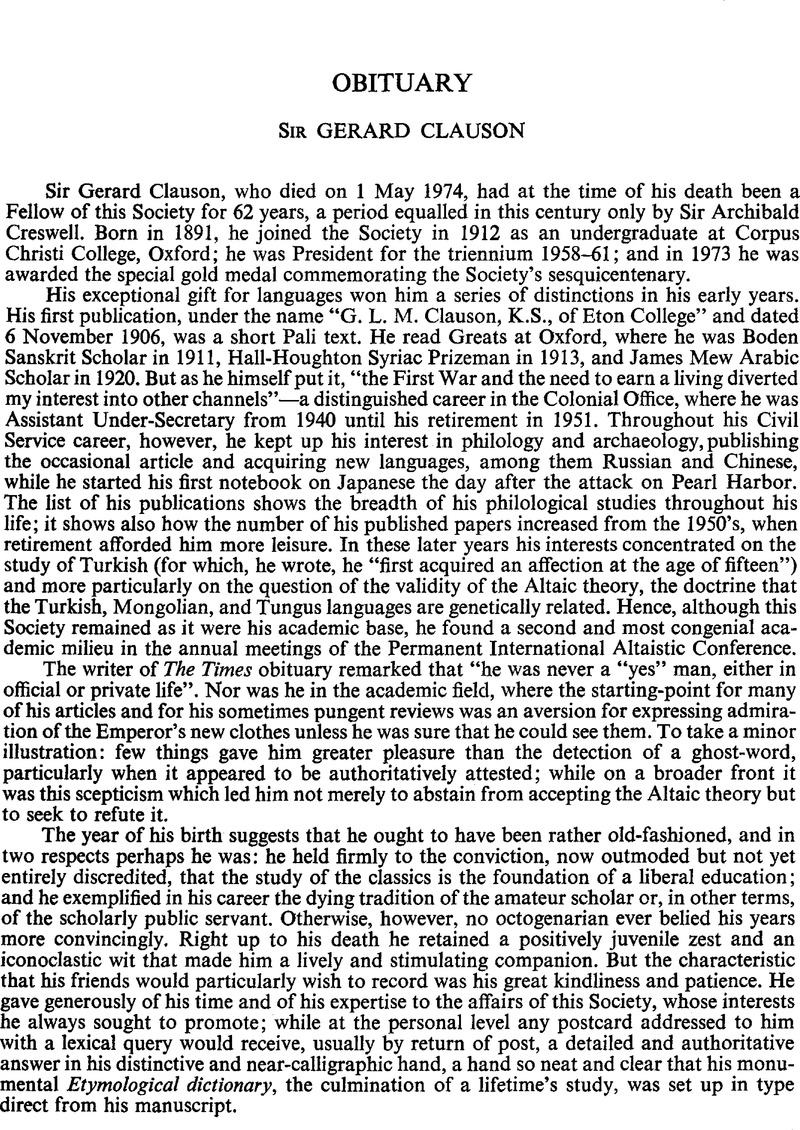Crossref Citations
This article has been cited by the following publications. This list is generated based on data provided by Crossref.
Uçar, Erdem
2018.
Eski Türk Yazıtlarında Sir Gerard Clauson’un Yaptığı Düzeltmeler Üzerine.
Akademik Dil ve Edebiyat Dergisi,
Vol. 2,
Issue. 1,
p.
1.



